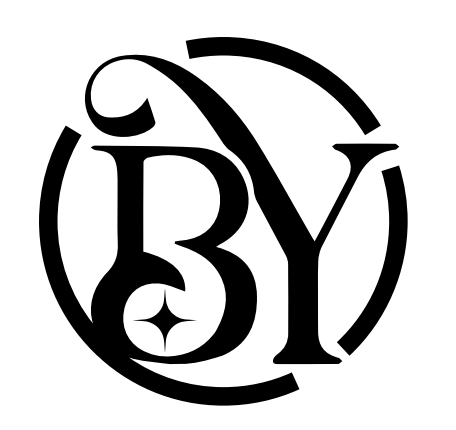About Red Light Therapy (RLT)
Red light therapy is a non-invasive treatment technique that utilizes specific wavelengths of red light (600–700 nm) or near-infrared light (800–1000 nm). It is a form of photobiomodulation (PBM) therapy, which uses low-energy light to illuminate the skin or tissues, stimulating cellular function and promoting repair and regeneration.
1. How Red Light Therapy Works
Red and near-infrared light penetrate the skin (to depths ranging from a few millimeters to several centimeters) and is absorbed by mitochondria within cells, specifically cytochrome C oxidase (an enzyme involved in energy production). This results in:
Increases ATP (cellular energy) → promotes cellular repair and metabolism.
Reduces oxidative stress → reduces inflammation.
Stimulates blood circulation → improves tissue oxygen and nutrient delivery.
Stimulates collagen and elastin production → contributes to skin repair and anti-aging.
2. Red Light vs. Near-Infrared Light
Characteristics: Red Light (600–700 nm) Near-Infrared Light (800–1000 nm)
Penetration Depth: Shallow (1–2 mm) Deeper (up to 5 cm or more)
Main Uses: Skin repair, anti-aging, acne treatment, muscle recovery, joint pain, deep-seated inflammation
Common Applications: Cosmetology, wound healing, sports rehabilitation, chronic pain
3. Common Uses of Red Light Therapy
✅ Applications with Strong Scientific Support
Skin health (anti-aging, acne, wound healing)
Hair loss treatment (FDA-approved for androgenic alopecia)
Muscle recovery and joint pain relief (e.g., arthritis, tendonitis)
Oral health (reducing mouth ulcers, periodontitis)
❓ Possibly effective, but more research needed
Depression/Seasonal Affective Disorder (less effective than traditional bright light therapy)
Neurorepair (e.g., Parkinson’s disease, brain injury, still experimental)
Thyroid function regulation (some studies show potential improvement in Hashimoto’s thyroiditis)
❌ Uses with no reliable evidence or exaggerated claims
Weight loss/fat reduction (no scientific basis)
Cancer treatment (cannot replace standard medical treatment)
Deep detoxification (no clinical evidence)
4. Safety of Red Light Therapy
Short-term use (10–20 minutes per session) is generally safe with minimal side effects.
Possible side effects: Mild skin dryness, transient redness and swelling (rare).
Contraindications:
People with photosensitivity disorders (such as lupus erythematosus)
Take photosensitizing medications (such as certain antibiotics)
Pregnant women (insufficient safety data)
5. Red Light Therapy Device Selection
Medical-grade devices: Higher energy, more pronounced effects (such as LED panels used in clinics).
Home devices: Lower energy, requiring long-term use (such as red light masks, handheld lamps).
Key parameters: Wavelength (630–850 nm is optimal), power density (10–100 mW/cm²), and exposure time (10–20 minutes per session).
Post time: 08-02-25
